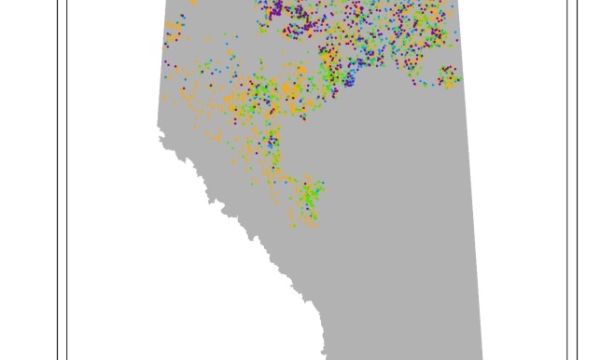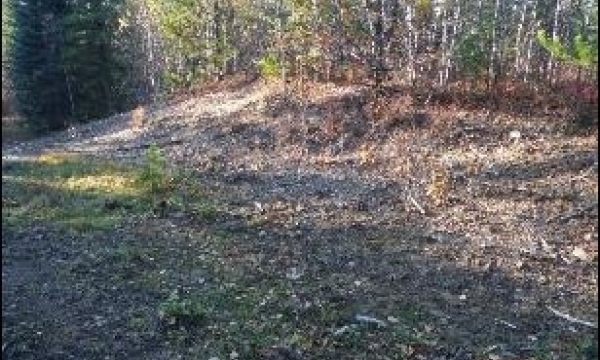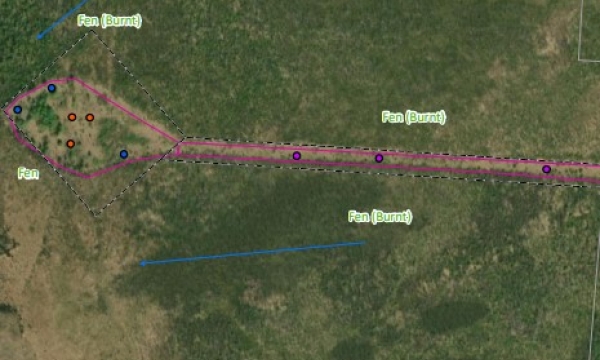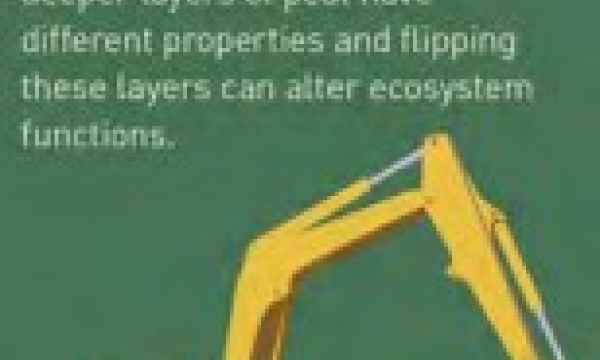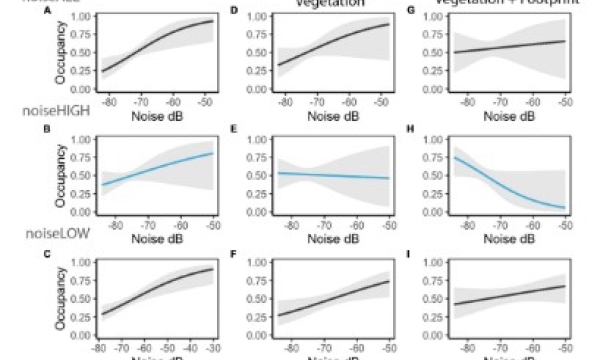Oil Sands Development Contributes Polycyclic Aromatic Compounds to the Athabasca River and its Tributaries
Resource
For over a decade, the contribution of oil sands mining and processing to the pollution of the Athabasca River has been controversial. We show that the oil sands development is a greater source of...



